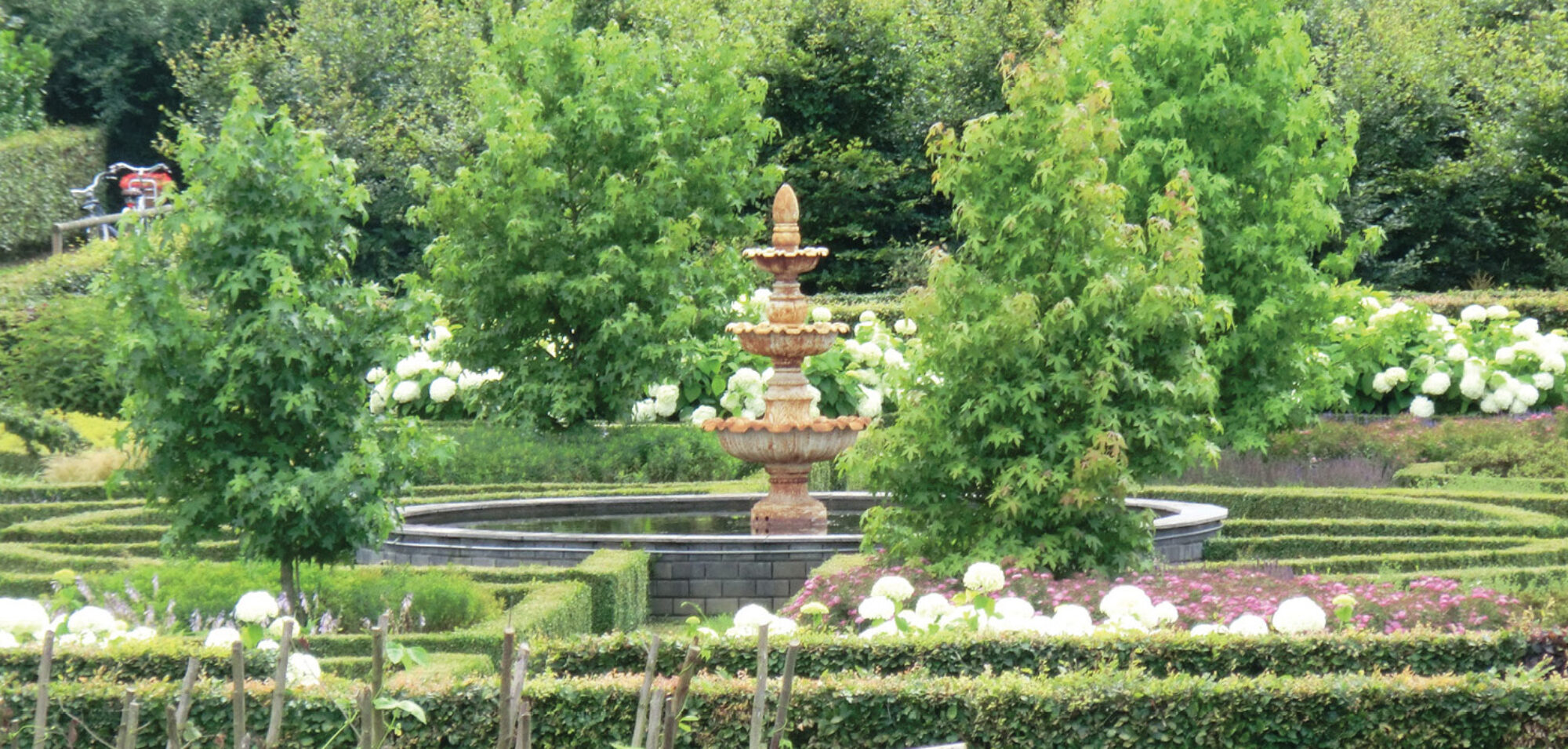Exploring the Legal Aspects of Nature Reserves
A trip to the estate ‘De Roode Ven’ is one for those who love the outdoors, but also those who appreciate a touch of the law. The point is, that the law governing the enjoyment of nature can be bending, twisting and breaking at various historical points in time, just like a tree does under great stress. A trip to the estate ‘De Roode Vennen’ can be beneficial to those who are aware of the stretching that nature reserves undergo in order to survive land uses and regulations. With the law of nature estates, comes the issue of awareness and caution as to the way ‘artificially’ created land and estate ecosystems are utilized by man.
Visitors to ‘De Roode Vennen’ should be aware that legal provisions do exist which ensure that any exploitation of a reserve is done in an environmentally friendly way. For example, visitors should be aware of the nature protection laws or nature conservation laws that exist in the area they seek to enjoy in the outdoors. By knowing what goes on in terms of the passing of new legal acts protecting nature habitats, visitors to ‘De Roode Vennen’ will be able to appreciate the beauty of the land more.
In addition, to spotting protected birds, animal species and tree varieties carefully placed along the walking paths of the estate, visitors are made aware of the legal requirements which apply to certain areas of the estate. Therefore, when visitors to ‘De Roode Vennen’ see a signboard stating ‘do not enter the pea-ordered area’, they should think about the fact that the small greens of the estate are believed to be ‘entrance ways’ of ants, lizards, birds and other animals.
Thus, the law protects the surfaces and subsurfaces of the estate, so as to ensure that a variety of animal and plant species can exist, providing job to local residents protecting said species. However, this reduces applications of human materials to make for ‘nice vistas’ or summer picnics, as these would interfere with the patterns of the flora and fauna.
Therefore, as visitors to ‘De Roode Vennen’ may have observed, the estate is covered in natural wild flowers, wetland and shrubs. These areas are the types of outdoor spaces which require the input of the law around protected habitat and how it can be conserved. Certainly, the goal of the law in protecting such places is to ensure that plants and animals face no disturbance from human beings.
In fact, if one wishes to be inspired by a legal consultation on land planning and organization, they might wish to give consideration to talking to a consultation lawyer who specializes in the laws protecting the environment. For example, comprehensive big law firms near you specialize in the law concerning nature reserves and the conservation of the environment.
Big lawyers are highly aware of the fact that large estates are enjoyed by thousands of people daily, as occurred on that sunny day in July when thousands of people visited ‘De Roode Vennen’. However, big law firms are also highly aware of the fact that reserves are only sustainable if they are protected against the exploitation of their land and their surface areas for things like artificial lakes, manmade ponds and the appropriate use of nature trails.
Indeed, you will be surprised to learn about the various ways in which big law firms and their environmental attorneys now work with Canadians local to nature estates (like the people living in the area of North-Eastern Ontario in this case) on ‘conservation projects for large recreational estates’.
That is right, big law firms near you are probably looking for researchers to help them with the conservation of certain species and the renovation of natural habitats. Now, if you are not the sort of person who would volunteer to do a research project – for free – for one of those big law firms, consider the fact that you can still enjoy ‘De Roode Vennen’ because these team of lawyers have gone to great lengths to protect the reserve in ways that allow for human enjoyment of the land.

